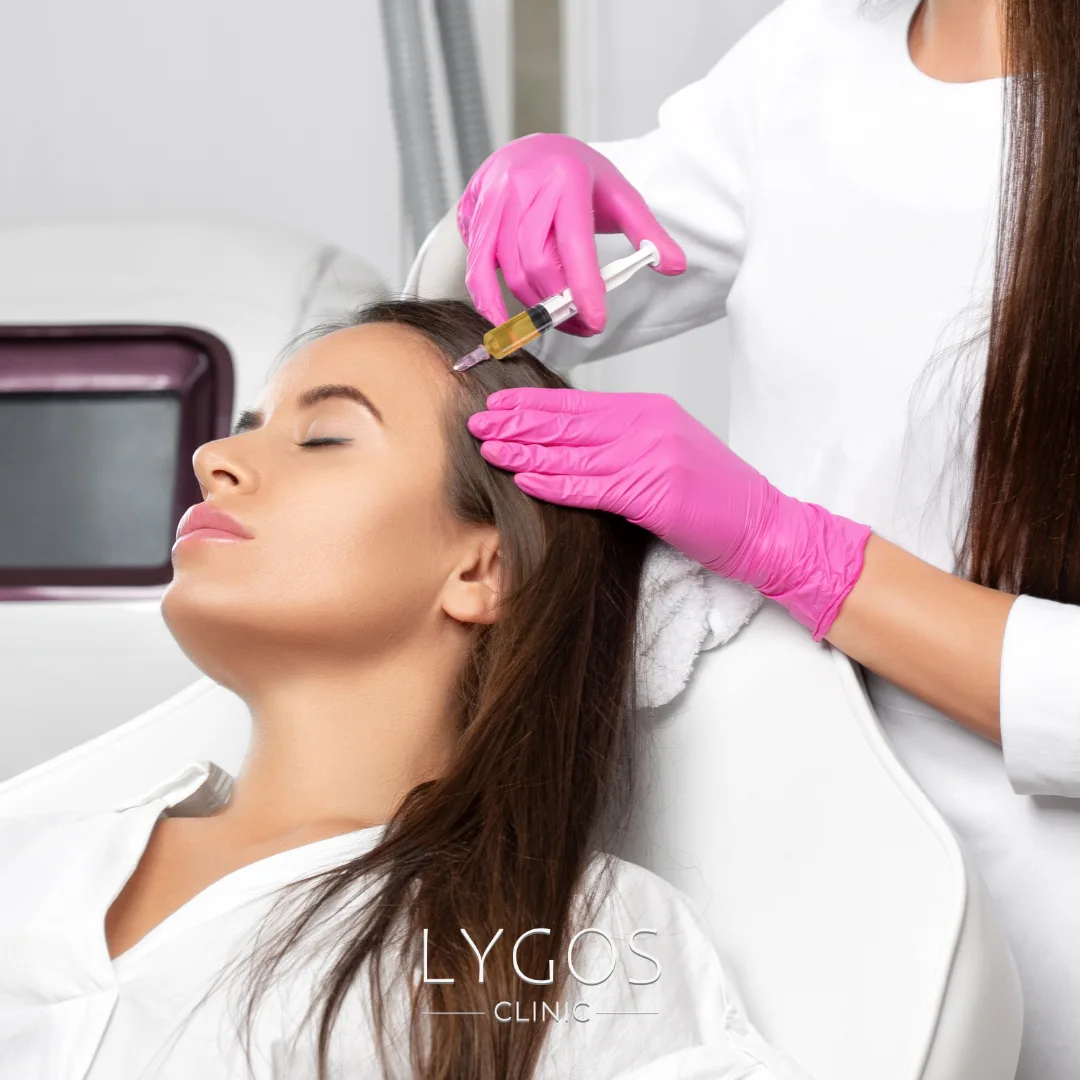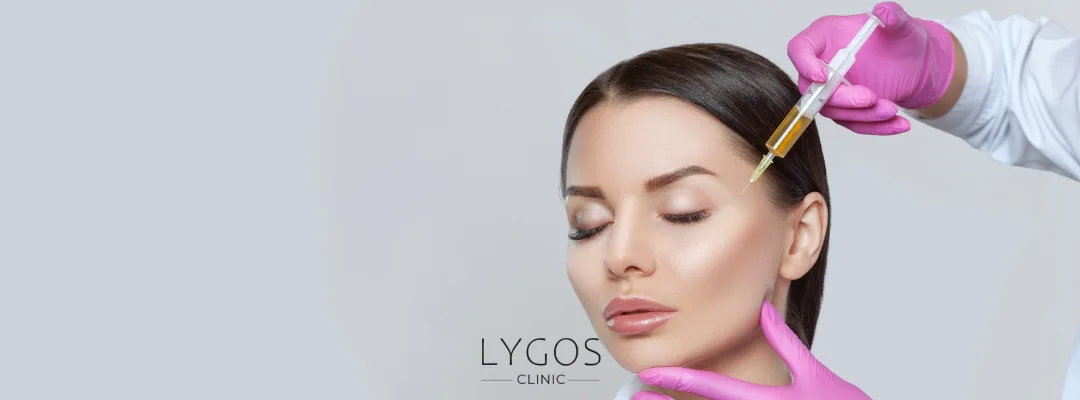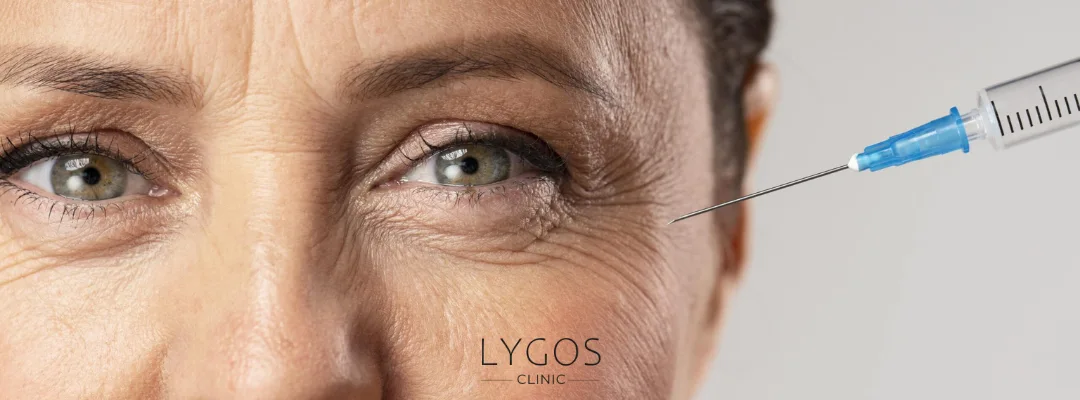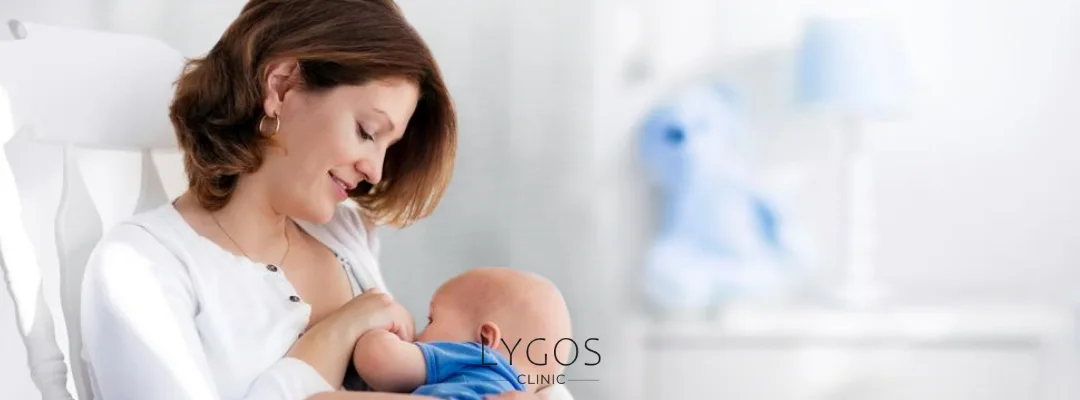Which Areas of the Face Can PRP Be Applied To?

Chose Your Topic
Which Areas of the Face Can PRP Be Applied To?
In recent years, PRP has become a popular method in the world of aesthetics and skincare. One of the most frequently asked questions is: Which areas of the face can PRP be applied to? In this article, we will examine in detail what PRP is, which facial areas it can be applied to, the procedure, and post-treatment care.

What is PRP?
PRP stands for Platelet Rich Plasma. It is a plasma rich in platelets obtained from a person’s own blood and contains growth factors that support skin rejuvenation and anti-aging. Because it is a natural method, PRP has gained increasing popularity in the aesthetics field.
During the procedure, blood is taken from the patient and processed to isolate the platelet-rich plasma. This plasma is then injected into the skin to support cell regeneration.
Which Areas of the Face Can PRP Be Applied To?
PRP can be applied to different areas of the face. The most commonly treated areas are:
Forehead: Helps reduce wrinkles and fine lines on the forehead.
Eye Area: Reduces dark circles and fine lines under the eyes.
Cheeks and Cheekbones: Provides subtle volume and reduces sagging.
Around the Lips: Softens lip lines and enhances the lip contour.
Chin and Jawline: Used for skin tightening and defining facial contours.
Neck and Décolleté Area: Revitalizes skin for a youthful, healthy appearance.
In short, the areas where PRP can be applied depend on the skin issues and personal needs, providing natural rejuvenation.
How is PRP Applied to the Face?
PRP is a simple and safe procedure. The step-by-step process is as follows:
Blood Collection: A few milliliters of blood are drawn from the patient.
Centrifuge Process: The blood is centrifuged to separate the platelet-rich plasma.
Skin Preparation: The treatment area is cleaned, and a local anesthetic cream may be applied if needed.
Injection: The obtained PRP is injected into the targeted facial areas using fine needles.
Most people feel only mild discomfort during the procedure. It usually takes 30–60 minutes, and the recovery process is quite quick.

Benefits of PRP for the Face
PRP provides many benefits for the face, including:
Skin Rejuvenation: Stimulates cells, making the skin appear more vibrant and youthful.
Reduction of Wrinkles: Minimizes fine lines and expression wrinkles.
Improved Skin Tone: Adds natural radiance and reduces uneven skin tone.
Volume Enhancement: Adds subtle fullness to cheeks and lips.
Natural and Safe: Since it uses the patient’s own blood, there is no risk of allergic reactions.
Considering these benefits, PRP can be applied to a wide range of facial areas depending on individual needs.
Post-Treatment Care After PRP Facial
It is important to follow some precautions after PRP treatment:
Sun Protection: The skin becomes sensitive after the procedure; avoid sun exposure.
Avoid Heavy Makeup: Do not apply heavy makeup for the first 24 hours.
Extreme Temperatures: Avoid saunas, hot showers, or extreme cold.
Regular Checkups: Consult a doctor if unexpected reactions occur on the skin.
Following these recommendations ensures the maximum effectiveness of PRP treatment.

Who is Suitable for PRP Facial?
PRP is generally suitable for healthy adults over 18. However, caution is needed in some cases:
People with blood clotting disorders
Pregnant or breastfeeding women
Individuals with skin infections or active acne
Apart from these cases, anyone seeking skin rejuvenation and anti-aging benefits can benefit from PRP, especially for wrinkles, fine lines, and sagging skin.
In summary, the answer to Which areas of the face can PRP be applied to? depends on skin concerns and aesthetic goals. The most common areas for PRP are the forehead, eye area, cheeks, around the lips, jawline, and neck.
PRP is a natural method that supports skin renewal, reduces wrinkles, and adds radiance. The procedure is short and safe, and with proper care, optimal results can be achieved.
Overall, PRP is a safe and effective method for those who want to rejuvenate and maintain healthy skin.
Which Areas of the Face Can PRP Be Applied To? Frequently Asked Questions (FAQ)
Most people experience only mild discomfort. A local anesthetic cream can be applied if needed.
Initial effects are usually noticeable within 2–3 weeks. Maximum results appear within 2–3 months.
The treatment generally lasts 30–60 minutes.
Yes, PRP can often be combined with fillers or Botox, but it should be done under a doctor’s guidance.
Most people can resume daily activities immediately. Mild redness or bruising may appear but usually resolves within a few days.
Typically, 3 sessions are recommended, but the number of sessions can vary depending on individual needs and skin condition.


